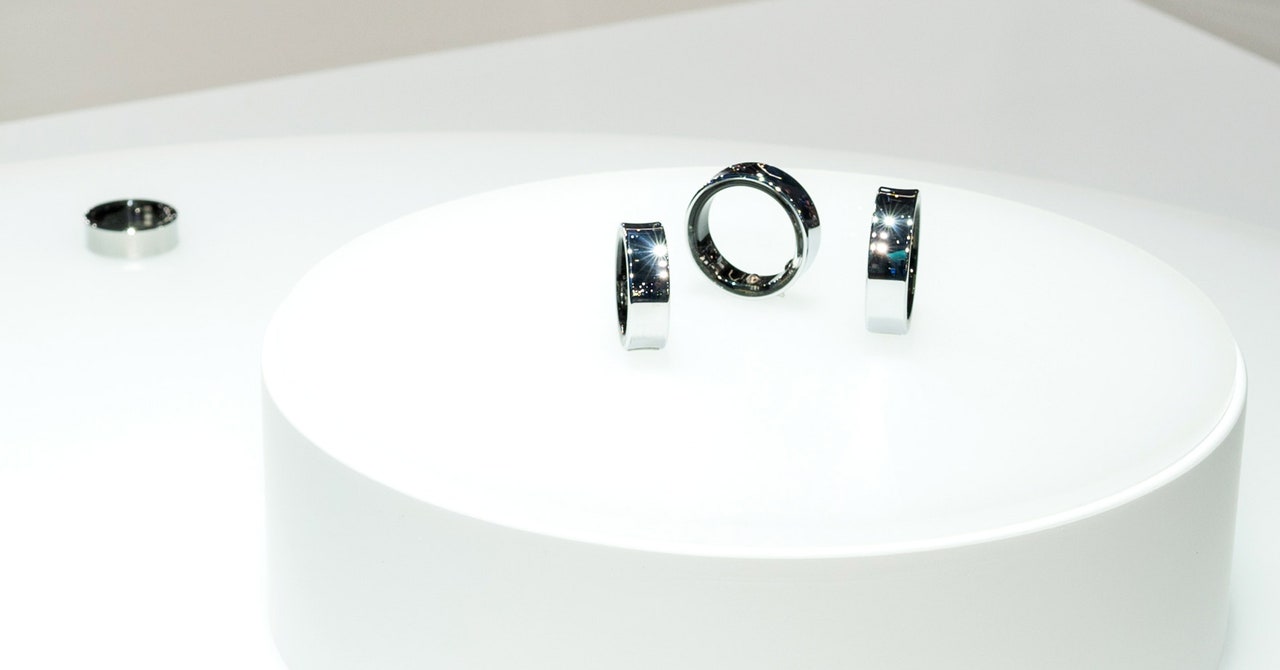
Slightly extra than six years in the past, Apple unveiled Face ID. It was a brand new methodology to biometrically unlock iPhones and authenticate purchases by scanning your face. But in spite of everything this time, there nonetheless hasn’t been a significant competitor on Android—not less than, not with the identical stage of safety and capabilities.
Google’s Pixel 8 has Face Unlock, but it surely has bother working at the hours of darkness; the Face Unlock accessible on Samsung smartphones can’t be used for safe purposes, similar to banking. In Androidland, the fingerprint scanner is king, however that may not be the case for lengthy.
Metalenz, a startup pioneering optics expertise known as “optical metasurfaces,” is tough at work on introducing safe face authentication to Android with its Polar ID expertise. Late final yr, it introduced a partnership with Qualcomm to port its ongoing growth to the chipmaker’s flagship processor. At the moment, at Cell World Congress 2024 in Barcelona, it introduced that it will likely be utilizing Samsung’s Isocell Vizion 931 picture sensor to energy its imaging system.
I visited Metalenz’s headquarters in Boston to get a primary take a look at Polar ID. The system remains to be in its early levels, and the corporate is at the moment gathering massive quantities of information to enhance its facial recognition machine studying algorithms. Nevertheless it has plans to ship growth kits to smartphone producers in the course of this yr for testing, which suggests there’s a great probability we’ll see a Face ID–like system for Android, one which’s doubtlessly higher than Apple’s method, inside smartphones by early 2026.
New Optics
Metalenz is a startup born out of a analysis group at Harvard College and was based by CEO Robert Devlin and physicist Federico Capasso. I’ve been overlaying its growth ever for the reason that firm emerged from stealth mode in 2021. That’s when it unveiled its metasurfaces technology—a flat-lens system that takes up far much less area than the standard multi-lens parts utilized in most smartphones at the moment.
The iPhone 14 Pro, for instance, has seven lens parts (layers of glass or plexiglass) stacked above the digital camera sensor. Having a number of lens parts improves picture readability, captures extra gentle, and corrects points similar to chromatic aberration (the place colours are seen on the fringes of pictures). Nevertheless it additionally provides extra complexity and requires extra space within the smartphone. Metalenz’s metasurfaces is a single lens that uses nanostructures to bend gentle rays towards the digital camera sensor, performing the job of a number of lens parts in a a lot smaller bundle.






